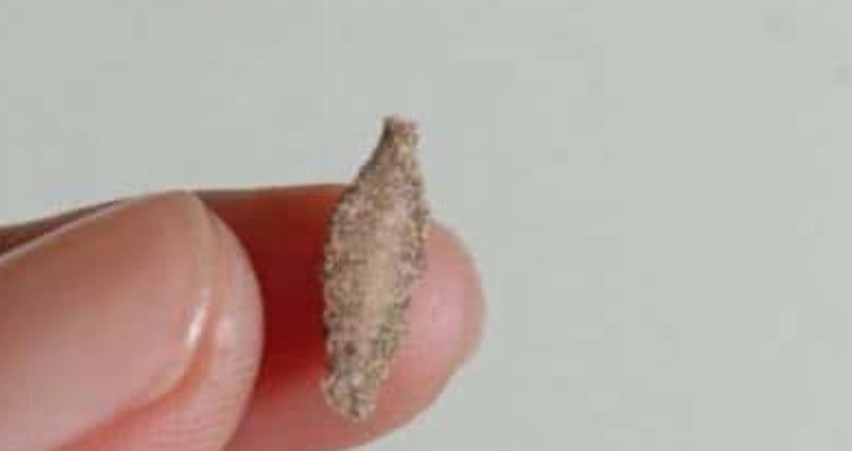These tiny caterpillars that cling to walls or furniture may seem harmless, but they can cause serious problems. These insects, scientifically known as Phereoeca uterella, thrive in warm, moist, and hidden places in your home.
The larvae, measuring only 13 mm in size, form silk cocoons mixed with dust and dirt. While feeding, they partially hatch, revealing sharp stinging hairs that can trigger painful skin reactions—itching, swelling, or bruising that can last for several days.
In addition to causing skin irritation, the larvae of the mason’s moth feed on textiles such as clothing, curtains, and even cobwebs. Since females lay up to 200 eggs per cycle, an infestation can spread quickly.

How to protect your home and your skin:
- Regular checks: Focus on warm, dark corners, baseboards and behind furniture.
- Frequent cleaning: Vacuum thoroughly and remove cocoons and larvae.
- Treat reactions: Use anti-itch creams or antihistamines; consult a doctor if necessary.
- Prevent infestation: Keep your home cool, clean and well ventilated.
Although masonry moths are fascinating in themselves, it’s best to keep them away from your living space. A little attention goes a long way toward preventing their annoying effects.
